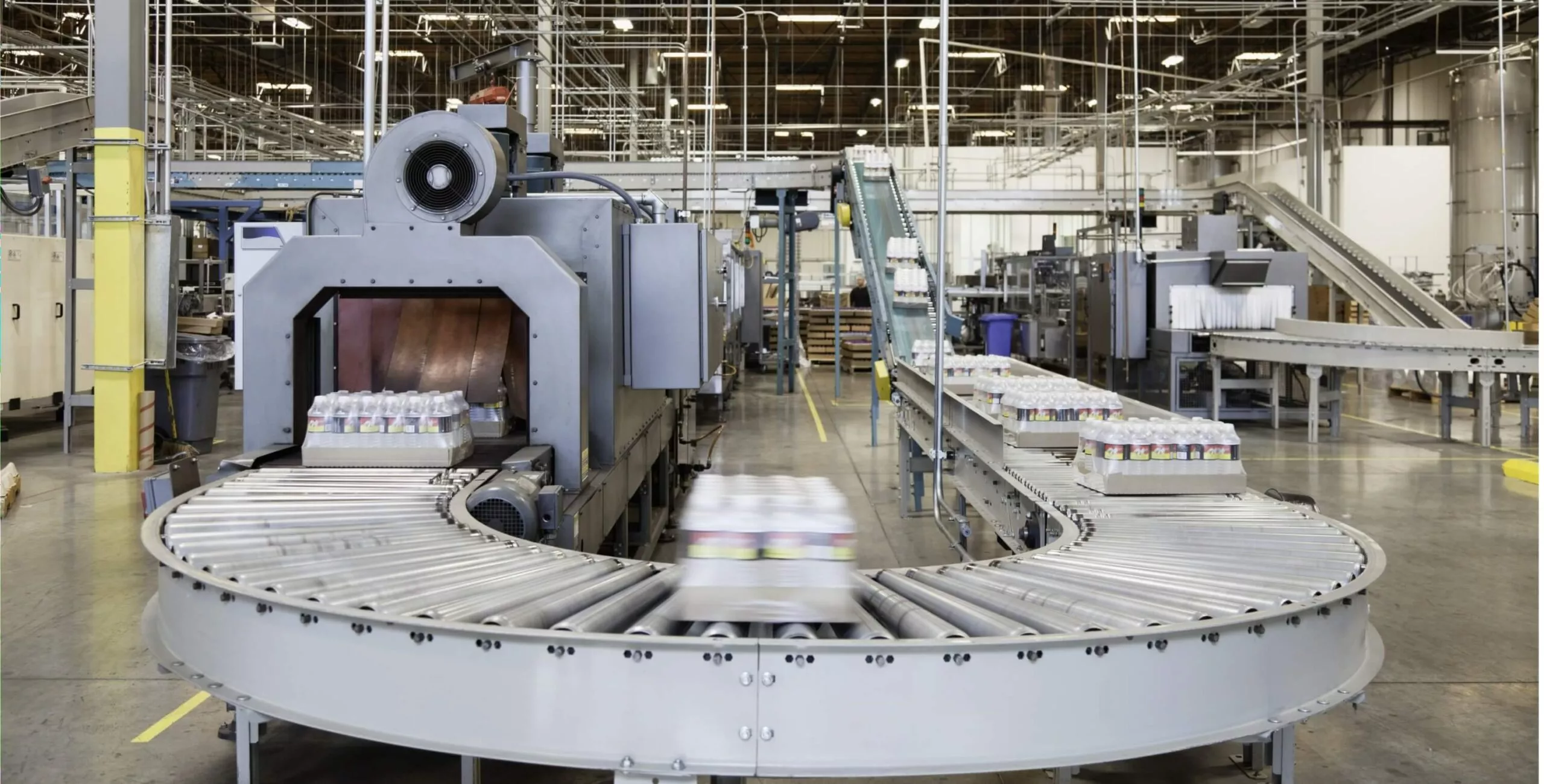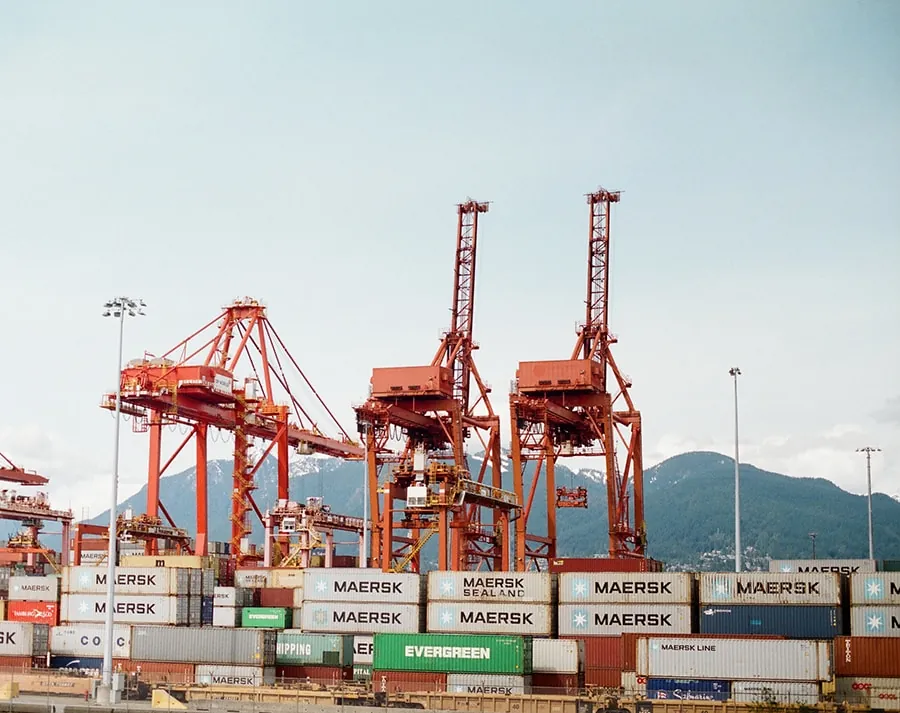A maintenance management workflow is a predefined, repeatable outline that entails systematic procedures for managing available resources, people and technology for the work that needs to be accomplished. A well-organized maintenance workflow will have an orchestrated structure that comprises 4 main stages that flow as follows:
- The initiation stage where the work request is generated
- On approval of the service request, a maintenance event is planned and maintainers are dispatched
- The work is completed and the equipment is restored to optimal efficiency
- Reports are generated specifying the nature of equipment failure, diagnosis of the problem, and details of repair and replacement procedures.
These reports are then used for evaluation of equipment performance and for identifying areas of improvement. Any failure in following this maintenance workflow can have a variety of consequences including downtime, increased overhead costs, frequent equipment failures, reduced asset life and lost productivity.
What is Maintenance Management?
Maintenance management is the systematic process of planning, organizing, and controlling the activities required to keep equipment and facilities in a state of readiness for their intended use. It’s essentially ensuring your physical assets, like buildings, machinery, and vehicles, are functioning efficiently and reliably.
Here’s a breakdown of its key aspects:
- Planning: This involves creating schedules for preventive maintenance, which involves regular upkeep to prevent breakdowns, as well as scheduling and budgeting for corrective maintenance, which addresses unexpected issues.
- Organizing: This includes keeping track of assets, spare parts, and maintenance personnel, ensuring everyone has the information and resources they need.
- Controlling: This involves monitoring the effectiveness of maintenance activities, analyzing costs, and making adjustments to the plan as needed.
The overall goal of maintenance management is to:
- Minimize downtime: By preventing unexpected equipment failures and addressing issues promptly when they do occur.
- Extend asset life: By taking proper care of equipment, you can extend its lifespan and avoid costly replacements.
- Optimize costs: By planning and budgeting for maintenance activities, you can avoid the high costs associated with unplanned repairs and downtime.
- Ensure safety: Well-maintained equipment is less likely to pose safety hazards to employees.
Maintenance management is crucial in various industries, including manufacturing, transportation, facilities management, and public works. It can be implemented using various tools and techniques, from simple spreadsheets to sophisticated computerized maintenance management systems (CMMS) that automate many of the tasks involved.
Asset Management vs Maintenance Management
Both asset management and maintenance management are crucial for organizations aiming to optimize the use of their assets, but they differ in scope and focus:
Maintenance Management:
- Focus: Primarily concerned with the physical upkeep of assets, ensuring they operate efficiently and reliably.
- Activities:
- Scheduling and conducting preventive and corrective maintenance activities.
- Managing spare parts and maintenance personnel.
- Monitoring equipment performance and identifying potential issues.
- Analyzing maintenance costs and optimizing resource allocation.
- Software: Typically uses CMMS (Computerized Maintenance Management Systems) to track work orders, inventory, and maintenance history.
Asset Management:
- Focus: Takes a broader view of assets, considering their entire life cycle from acquisition to disposal.
- Activities:
- Planning and budgeting for asset acquisition, operation, and maintenance.
- Optimizing asset utilization to maximize the value derived.
- Risk management to identify and mitigate threats to asset performance.
- Data analysis to make informed decisions about asset investments and strategies.
- Software: Utilizes a wider range of software solutions like EAM systems (Enterprise Asset Management) that encompass the broader functionalities of asset management, including CMMS functionalities.
What is Maintenance workflow?
A maintenance workflow is essentially the step-by-step process outlining how maintenance tasks are completed within an organization. It’s a structured approach that ensures tasks are done efficiently, consistently, and safely. To understand this better, let’s take a look at how a failure affects at each stage in a maintenance process:
When Work Requests Go Unattended?
Equipment operators, customers and contractors submit maintenance work requests and report breakdowns every single day. When several requests are received regularly, chances are that one or two may get lost in the queue. If this happens, unattended work requests eventually result in cascading equipment breakdowns. This can be easily prevented with asset management software that tracks every single request till completion and generates accurate reports with comprehensive information for informed decision-making.
When Planned Maintenance Tasks are not Scheduled?
Every facility has unique maintenance needs like changing HVAC filters, checking the level of oils for specific equipment, scheduling periodic inspections for vital machinery and so on. Any delays or discrepancies in preventive maintenance can invite expensive operational issues and if these activities are missed out altogether it results in equipment failures that can blow up your maintenance budget. Maintenance management software is designed to keep facility managers on track and updated at every stage to eliminate the possibility of any planned task going unscheduled.
When Work Orders are not Dispatched on Time?
Every work order that is created is sent to the designated maintenance technician for timely execution. When a work order is printed out and distributed manually, the possibility of misplacement is high. However, with CMMS software, there is zero scope for delays because it sends an instant notification to the designated technician or contractor as an email or text message.
When a Technician Fails To Complete The Allocated Task on Schedule?
Any dropped, incomplete, missed, or unreported maintenance task has a profound impact on the maintenance program. A technician’s inability to send out completion reports on time leaves the management with inadequate information which delays important decisions concerning maintenance budgets. With work order software in place, technicians are sent out constant reminders till they complete the allotted work and submit a report. Facility managers can rest assured that every single work order that is generated will be completed and reported on time with this intuitive solution.
When a Technician Is Unable to Prepare an Accurate Report promptly?
The management team relies on regular, easy-to-follow and accurate reports from the maintenance department to track performance and plan PM schedules to reduce sudden failures, improve equipment reliability and cut maintenance costs. Preparing accurate reports manually regularly can be quite a challenge. A feature-rich CMMS software auto-generates precise reports to prevent delays and inconsistencies.
Facility management software optimizes maintenance workflow over time with consistent reporting of performance indicators that reveal everything – right from average dwell time and work order status to waiting for inventory and pending approvals. It exceptionally handles process flow by revealing bottlenecks and compliance gaps. CMMS software also compares the actual time taken with the estimated man hours and identifies areas of improvement to help organizations stay competitive.





